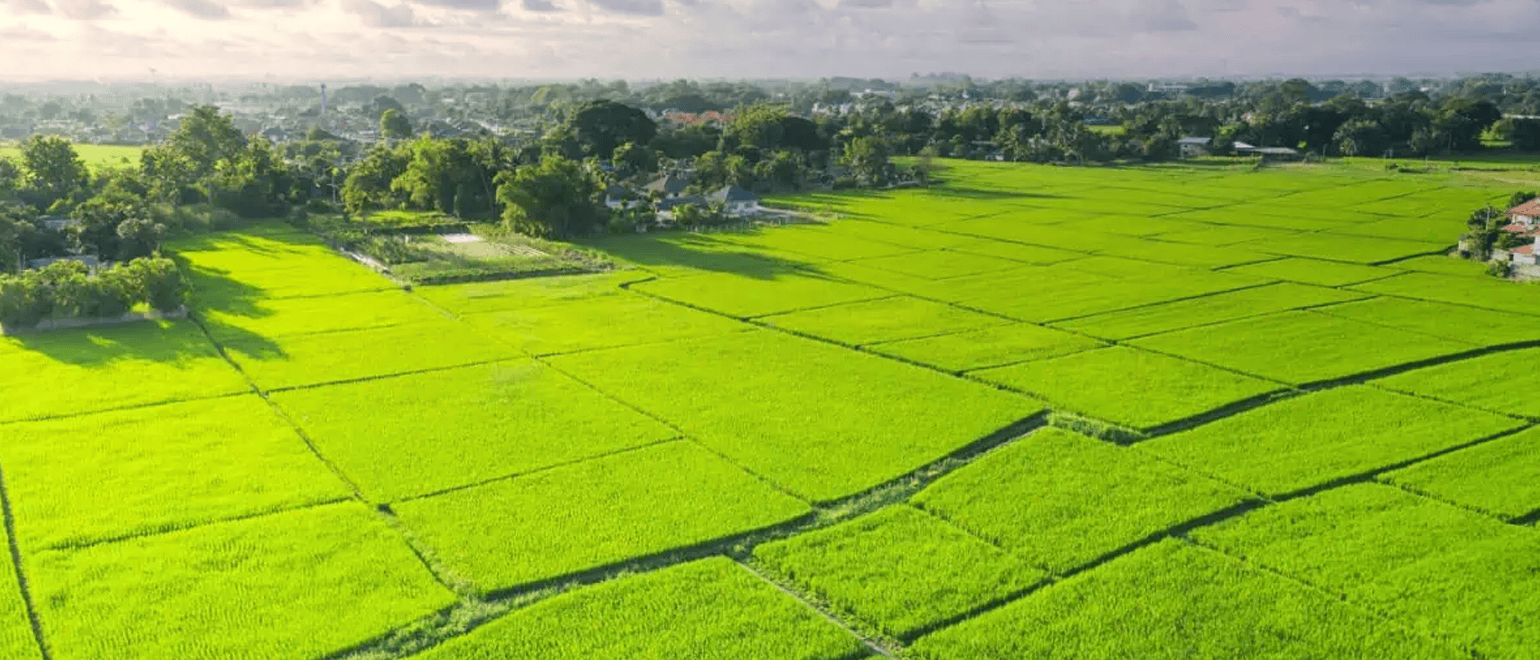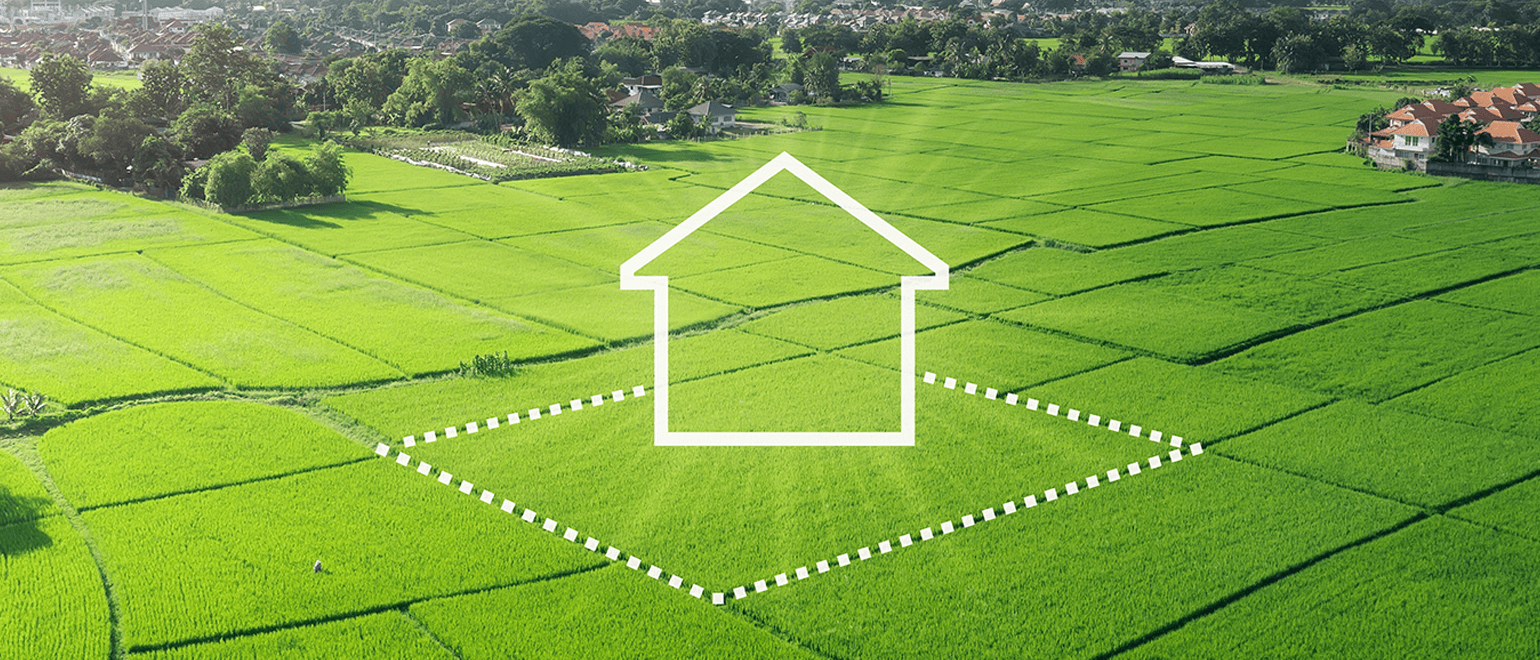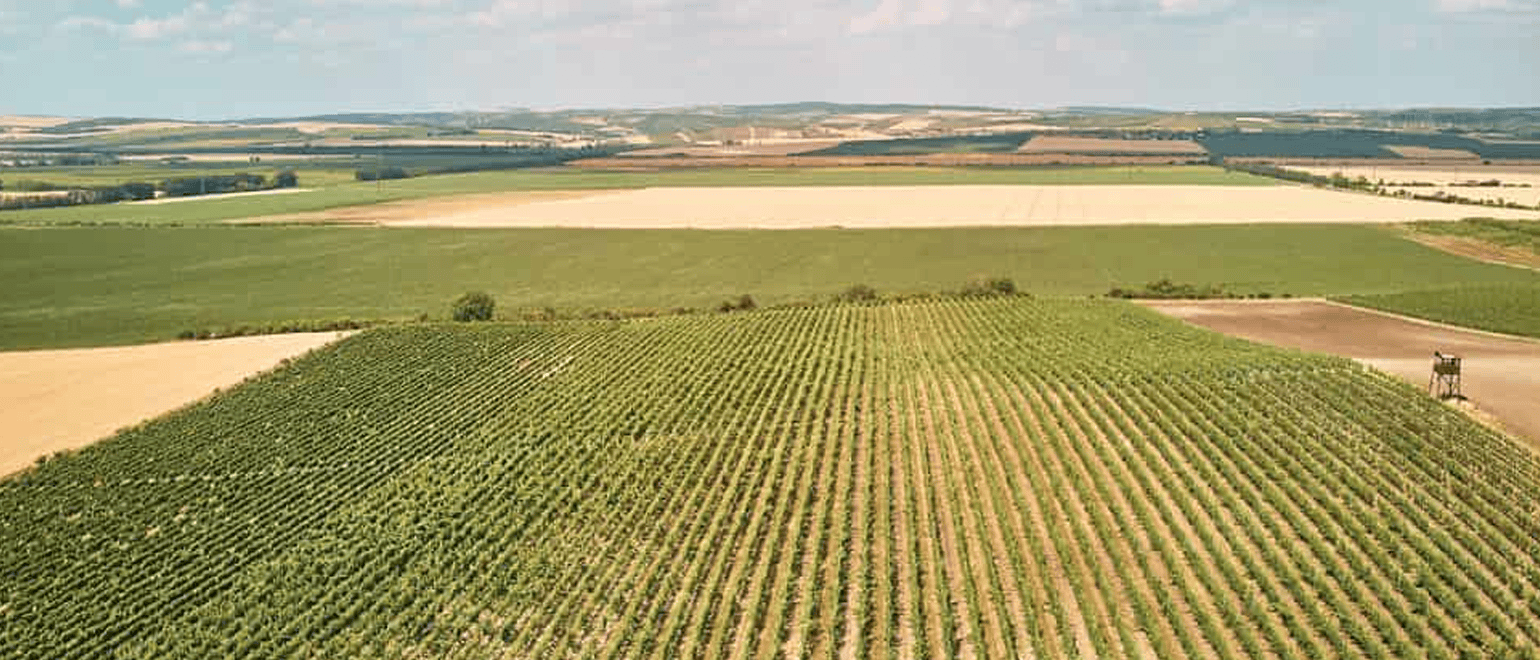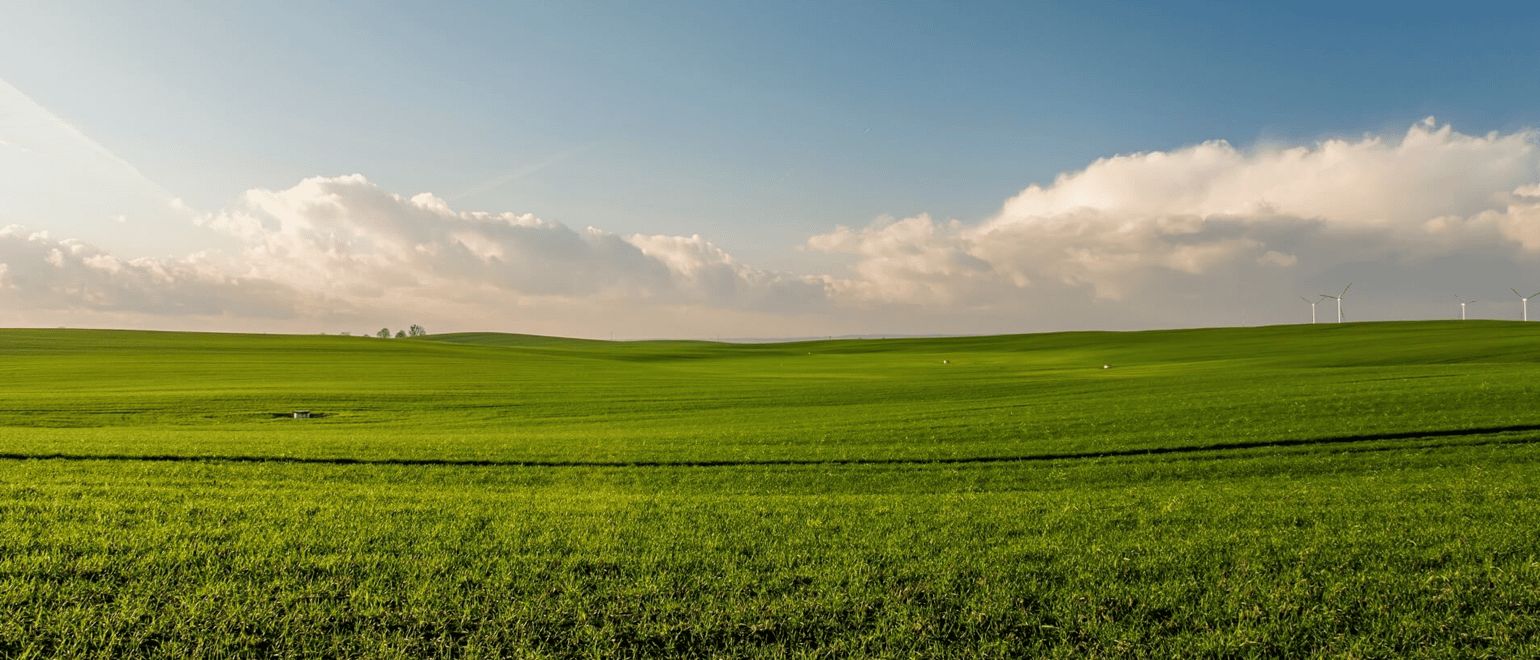
Investing in raw land is an often overlooked yet powerful strategy for building long-term wealth. Unlike developed real estate, raw land offers a clean slate—free from tenants, buildings, and complex management. But with its simplicity comes a unique set of risks and rewards that every investor should understand before diving in.
Whether you’re looking to diversify your portfolio, hedge against inflation, or secure a tangible asset for the future, raw land investing can be a smart move when approached with careful planning and insight.
In this blog, we’ll explore why raw land is gaining traction, its core benefits and potential challenges, and the key factors you should consider before purchasing undeveloped property.
Why Raw Land Investing Is Gaining Popularity

In times of economic uncertainty, many investors seek stability by diversifying their portfolios beyond traditional markets. One increasingly popular option is raw land investing. Unlike other forms of real estate, raw land offers simplicity, long-term growth potential, and tangible ownership.
For those looking to invest in something you can see, touch, and develop over time, raw land presents a unique opportunity.
Key Benefits of Raw Land Investing
Here are the main advantages that make raw land an appealing option for many investors:
Minimal Management
One of the most attractive aspects of raw land investing is how little day-to-day management it requires. Typically, this may include cutting weeds, monitoring property lines, and ensuring taxes are paid. Unlike residential or commercial buildings, there are no tenants, maintenance issues, or complex operational demands.
Hard Asset Ownership
Raw land is a physical, hard asset—something you can physically possess and utilize. Regardless of market fluctuations, land remains a tangible form of wealth. Even when values shift, raw land has intrinsic value and potential utility, from agriculture to future development.
Scarcity Equals Value
Land is a finite resource. As population growth continues and development expands, the availability of untouched, buildable land becomes increasingly scarce. This limited supply can translate into increased value over time, especially in desirable or growing areas.
Long-Term Appreciation
While raw land may not generate immediate income, it holds strong potential for long-term appreciation. Strategic purchases—especially in the path of growth or areas targeted for future development—can result in substantial gains. Historically, land has proven to appreciate over time, even if short-term market conditions fluctuate.
Inflation Hedge
Raw land can act as a hedge against inflation. As the cost of living and materials rise, so does the value of land. Its ability to retain or increase value during inflationary periods makes it a smart store of wealth for long-term investors.
Challenges of Raw Land Investing

Here are some common challenges to be aware of before diving into a raw land investment:
Illiquidity
Raw land can be a relatively illiquid asset. Selling at a desirable price may take time, especially in slow markets. Investors must be prepared for a longer holding period and should avoid counting on quick returns.
Lack of Immediate Cash Flow
Unlike rental properties or dividend-paying stocks, raw land typically generates no regular income. In many cases, property taxes and minimal upkeep create negative cash flow unless the land can be leased, such as to a farmer—which may still not cover expenses fully.
Government Restrictions
Zoning laws, environmental regulations, and local ordinances can significantly affect the potential use of raw land. These restrictions can limit development, impact resale value, or introduce unexpected hurdles for investors hoping to build or sell.
Limited Tax Benefits
Raw land does not offer depreciation, one of the key tax advantages of owning developed real estate. With few deductible expenses and no structures to write off, raw land investing provides limited tax incentives.
Financing Difficulties
Securing financing for raw land can be more challenging than for developed properties. Many lenders view it as a higher-risk investment and may offer loans with higher interest rates, shorter terms, or require larger down payments. This limits the ability to leverage capital efficiently.
Factors to Consider Before Buying Raw Land

Before committing to a raw land investment, several crucial factors should be evaluated:
- Location: Is the property in the path of future growth or development?
- Soil & Topography: What is the condition of the land and its suitability for the intended use?
- Utilities & Infrastructure: Are utilities available, and what will it cost to connect them?
- Zoning & Permits: Is the land zoned appropriately for your goals, and what development approvals are needed?
- Market Timing: Will the market conditions support future development or resale?
- City Planning: How does the land fit into the local municipality’s long-term plans?
- Easements & Restrictions: Are there any encumbrances or water rights issues that could affect value?
- Exit Strategy: Do you plan to develop the land yourself, hold it long-term, or sell when conditions are favorable?
A thorough due diligence process is essential to mitigate risks and maximize potential returns.
LandLeader: The Land Marketing Platform
When it comes to marketing raw land, having a platform that specializes in this niche can make all the difference. A focused land marketing platform provides tailored exposure, expert knowledge, and tools designed specifically for landowners and buyers. Whether you’re listing a parcel or searching for the perfect property, using a platform that understands the intricacies of raw land investing ensures a smoother, more informed experience.
Final Thoughts
Raw land investing offers a unique blend of simplicity, security, and long-term upside. While it may not suit every investor—particularly those seeking immediate cash flow—it can be a powerful asset in a diversified portfolio. Like any investment, success comes from understanding the market, conducting thorough research, and aligning the property with your financial goals.
For investors with patience, vision, and a strategic approach, raw land can be a valuable addition to their long-term wealth-building plan.


